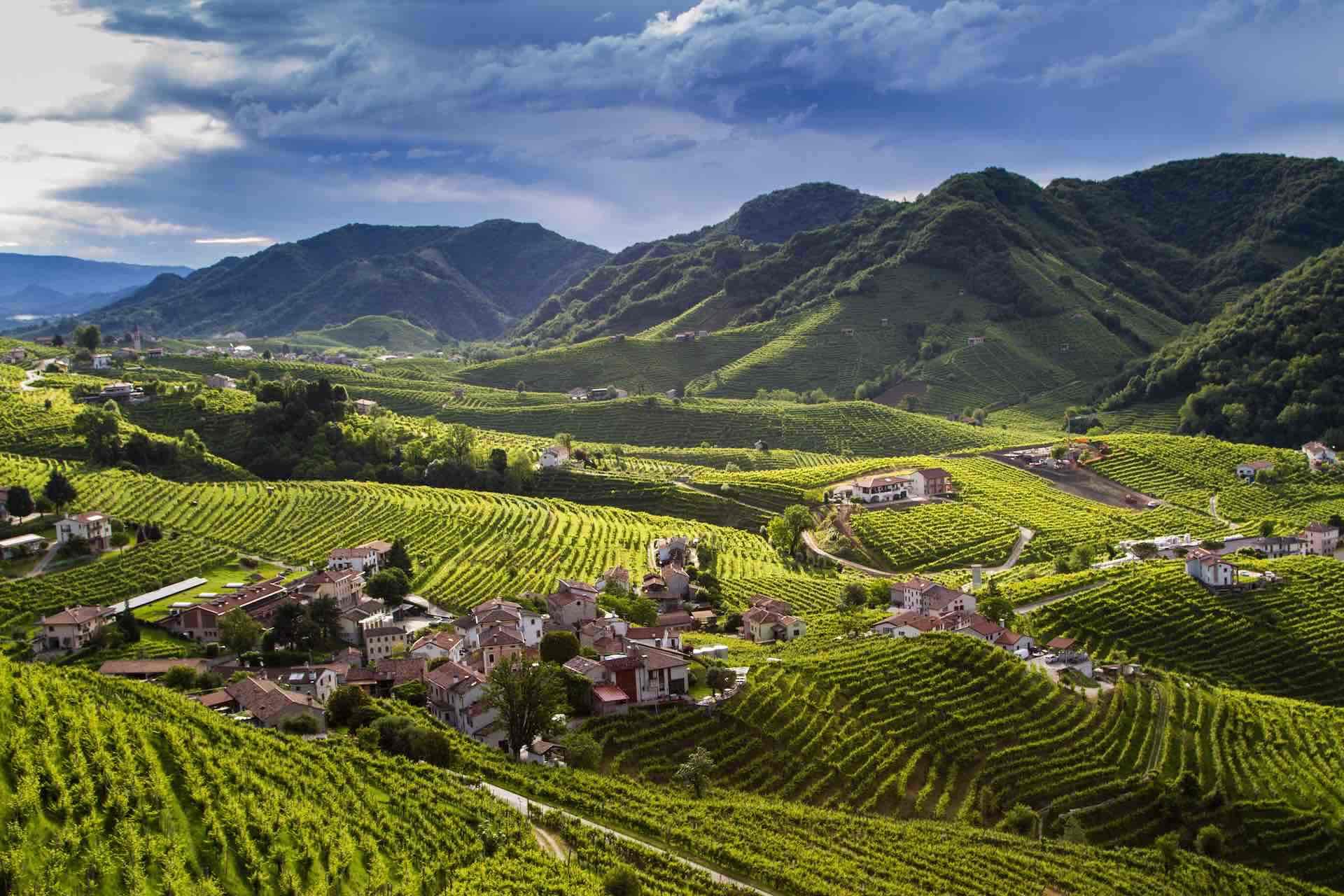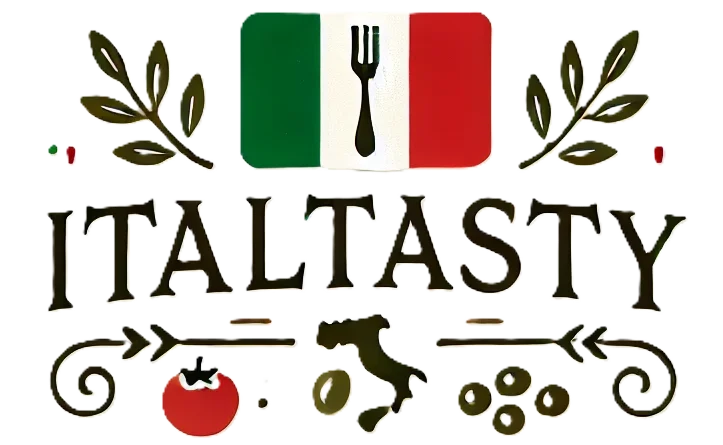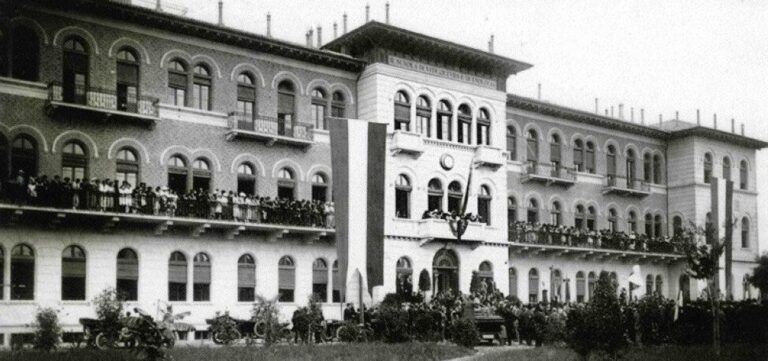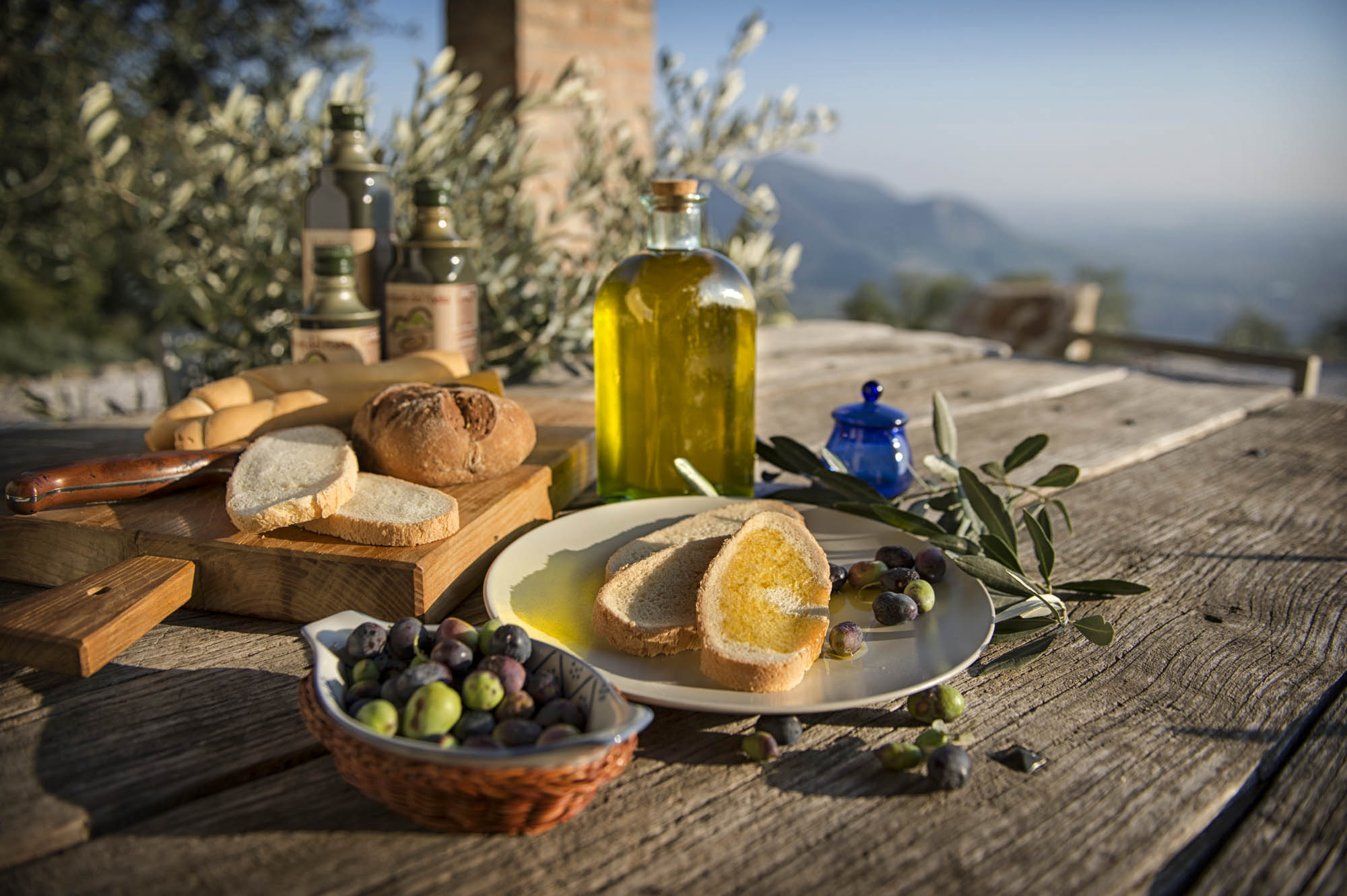The Ultimate Guide to Prosecco Valdobbiadene: Italy’s Sparkling Gem
Prosecco Valdobbiadene is one of Italy’s most celebrated sparkling wines, known for its delicate bubbles, fresh flavors, and rich heritage. Produced in the heart of the Veneto region, this high-quality Prosecco is labeled DOCG (Denominazione di Origine Controllata e Garantita), the highest classification for Italian wines, ensuring its superior quality and authenticity. In this guide, we will explore everything you need to know about Prosecco Valdobbiadene, from its history and production process to its tasting notes, food pairings, and buying tips.
The History of Prosecco Valdobbiadene

The history of Prosecco dates back over two thousand years, with records showing that the Romans cultivated vineyards in the Veneto region. However, it wasn’t until the 18th and 19th centuries that Prosecco as we know it began to take shape.
Valdobbiadene and Conegliano have long been at the heart of Prosecco production. The region’s unique climate and soil conditions create the ideal environment for growing Glera grapes, the primary grape variety used in Prosecco production. In 2009, Prosecco di Conegliano-Valdobbiadene was officially awarded DOCG status, distinguishing it from standard Prosecco and highlighting its superior quality.
The Unique Terroir of Valdobbiadene
The region’s hilly landscape, with altitudes ranging from 200 to 500 meters above sea level, plays a crucial role in the wine’s character. The steep slopes mean that vineyards must be harvested manually, a time-consuming but essential practice that ensures only the best grapes are selected.
The climate in Valdobbiadene is characterized by warm days and cool nights, which help the grapes retain their acidity while developing rich flavors. The soil, a mix of limestone, clay, and marl, contributes to the wine’s minerality and complexity.
The Production Process
Prosecco Valdobbiadene is made using the Charmat-Martinotti method, a technique that preserves the wine’s fresh and fruity character while enhancing its effervescence. The process consists of the following steps:
1. Harvesting
Grapes are hand-harvested between mid-September and early October to ensure optimal ripeness.
2. Soft Pressing
The grapes undergo soft pressing, where the juice is gently extracted to avoid bitterness and preserve the delicate flavors.
3. Primary Fermentation
The juice is fermented at low temperatures in stainless steel tanks, converting sugars into alcohol while maintaining the grape’s fresh aromas.
4. Secondary Fermentation (Charmat Method)
The wine undergoes a second fermentation in pressurized tanks (autoclaves) at 15°C for about 30-90 days. This method enhances the formation of fine, persistent bubbles.
5. Bottling and Aging
Once fermentation is complete, the wine is filtered, stabilized, and bottled under pressure to maintain its effervescence. Unlike Champagne, Prosecco is typically enjoyed young, within 1-3 years of production.
Tasting Notes and Styles

Prosecco Valdobbiadene is known for its elegant perlage (bubbles) and fruity, floral aromas. Depending on its sugar content, it is classified into different styles:
-
Brut (0-12g/L sugar): Crisp, dry, and refreshing with notes of green apple, citrus, and white flowers.
-
Extra Dry (12-17g/L sugar): The most traditional style, offering a balance of fruitiness and freshness, with hints of pear and honey.
-
Dry (17-32g/L sugar): Slightly sweeter with ripe fruit flavors, often featuring notes of peach and apricot.
Superiore di Cartizze, a small sub-zone within Valdobbiadene, produces the most prestigious and complex Prosecco, known for its richness and refined structure.
Perfect Food Pairings
Prosecco Valdobbiadene’s versatility makes it an excellent companion for a variety of dishes. Here are some perfect pairings:
Aperitivo & Light Starters
-
Fresh oysters
-
Bruschetta with tomatoes and basil
-
Prosciutto and melon
Main Courses
-
Seafood pasta with clams
-
Grilled white fish with lemon
-
Sushi and sashimi
Cheese & Dessert
-
Soft cheeses like burrata or ricotta
-
Fruit tarts and pastries
-
Pandoro or panettone
How to Serve and Store Prosecco Valdobbiadene
To enjoy Prosecco Valdobbiadene at its best, follow these simple tips:
-
Serving Temperature: 6-8°C (43-46°F). Chill the bottle in the fridge for about 3 hours before serving.
-
Glassware: Use a tulip-shaped glass rather than a flute to enhance the wine’s aromas.
-
Storage: Keep bottles in a cool, dark place, away from direct sunlight and temperature fluctuations.
-
Consumption: Prosecco is best enjoyed within a year of purchase for maximum freshness.
Where to Buy Prosecco Valdobbiadene
Authentic Prosecco Valdobbiadene DOCG is available at specialty wine shops, Italian delis, and online retailers. When purchasing, look for the DOCG label to ensure you are getting a high-quality product.
Conclusion
Prosecco Valdobbiadene is more than just a sparkling wine—it’s a symbol of Italian craftsmanship, tradition, and quality. Whether you’re celebrating a special occasion or simply enjoying a casual aperitivo, this exquisite Prosecco offers a refreshing and elegant drinking experience.
So, next time you pour yourself a glass of Prosecco Valdobbiadene, take a moment to appreciate its history, flavors, and the dedication behind every bottle. Cheers! Salute!




